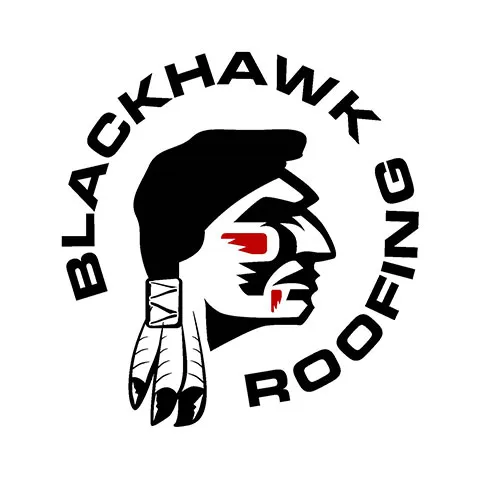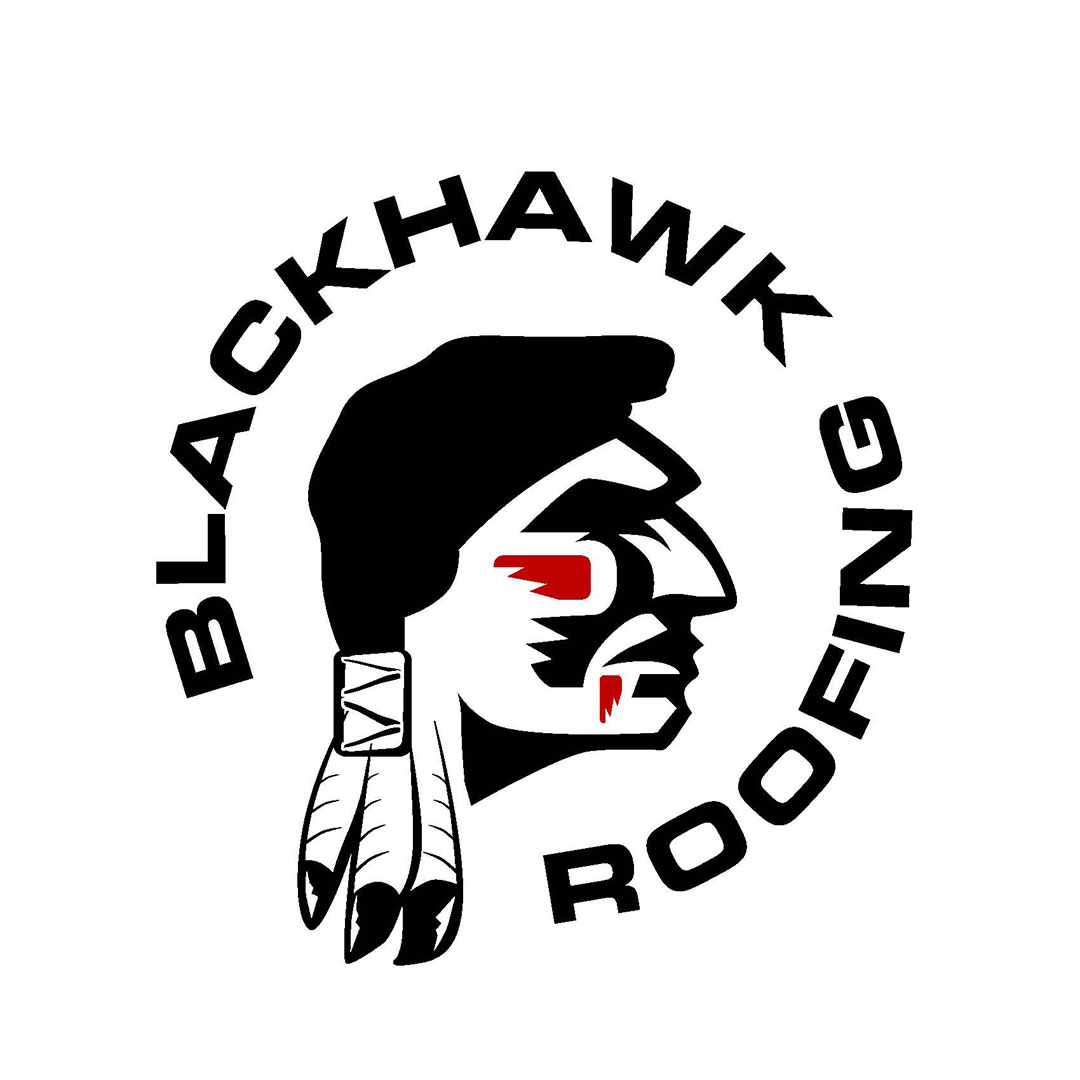
Are you concerned about EPDM roofing?
EPDM single-ply roofs are famous for their durability and are used in commercial buildings. Still, they can encounter issues.


Introduction
EPDM single-ply roofs are a popular choice for commercial buildings due to their durability. Still, they can encounter issues such as flashing embrittlement, shrinkage, seam separation, chemical attack, and fastener back-out that require proper repair techniques.
EPDM single-ply roofing membranes are a popular choice for commercial buildings because of their durability and cost-effectiveness. However, like any roofing material, EPDM roofs can face problems over time that require repairs. Let's review some common repair issues that EPDM single-ply roofs face and the proper techniques for addressing them.
Flashing Embrittlement
One of the most common issues with EPDM single-ply roofs is flashing embrittlement. Flashing covers roof penetrations and connections and is typically made of neoprene. Over time, neoprene can become brittle and develop fine cracks, worsening and ultimately causing the flashing to fail. In such cases, it is necessary to remove the entire flashing system and replace it with EPDM membrane material. In most cases, cured EPDM will be used, using pre-molded inside and outside corners when possible.
EPDM Shrinkage
Another issue with EPDM single-ply roofs is shrinkage of the membrane itself, resulting in tenting at terminations and wrinkling at drains and other penetrations. The solution to this problem is to use reinforced EPDM perimeter strips that are mechanically fastened to the substrate or wall and blind-bonded to the roof membrane, providing restraint.This can be done during the repair sequence as well, as long as there is a way to fasten the reinforced perimeter strip to the deck or wall.
Seam Separation
EPDM seams can sometimes part due to application errors or failure of the adhesive itself. To improve seam durability, a change in surface cleaning techniques to include a combination cleaner/primer, a shift from neoprene-based adhesives to butyl-based material, and the introduction of self-adhering tapes have been made. For new, critical occupancy requirements, all field seams are double-sealed by adding a batten membrane strip over the sealed laps. These double-sealed membranes, generally combined with 90 mil rubber, are eligible for longer-term warranties.
Attack by Rooftop Chemicals
EPDM rubber is susceptible to attack by grease, animal fat, oils, and petroleum solvents that are exhausted onto a rooftop. The best solution is to build a curb around these affected areas, ensuring the curbed area has its roof drains. The EPDM must be replaced with another material that resists such attack.
Fastener Back-out
The fasteners and stress plates that attach thermal insulation and membranes are subject to back-out. This may be due to stripping the fastener out of the deck by over-torque during application or by the repeated billowing of the membrane under wind load. If the fasteners are lifted and puncturing the membrane, the membrane should be slit, the fastener (and stress plate if distorted) removed, and a new fastener installed (but not in the same deck hole). The slit area is then patched using the cleaning, priming, and patching techniques mentioned above.
Repairing Coated EPDM Membranes
Surfacing EPDM with a white roof coating is becoming popular, but there are no clear instructions for repairing these coated membranes. If the layer is flaking off, it needs to be removed. Recent field trials by the warranty service department of one major EPDM roofing manufacturer indicate that membrane repairs can be made directly over such coatings, providing the coating was initially designed for compatibility with the membrane and assuming the previously mentioned cleaning and surface priming procedures are followed.
Conclusion
EPDM single-ply roofs are an excellent choice for commercial buildings due to their durability and cost-effectiveness. However, they can face issues such as flashing embrittlement, shrinkage, seam separation, chemical attack, and fastener back-out that require proper repair techniques. By using suitable materials and methods, these issues can be addressed, and the roof can continue to provide reliable protection for many years to come.
Blackhawk Roofing has built replacement roofs for thousands of residential and commercial customers in Springfield and Central Illinois. We've also done many hundreds of roof repairs. Blackhawk Roofing provides outstanding value on every project. Call owner Dan Schnell at 217-741-6251 to request a Free Estimate.

Licensed Roofing Contractor
Blackhawk Roofing is a licensed, certified, and insured roofing contractor. We specialize in residential roofing and EPDM commercial roofing. We have repaired or replaced thousands of old and damaged roofs in Springfield and Central Illinois.
Latest posts
Proud to be the best roofing contractor in Springfield





